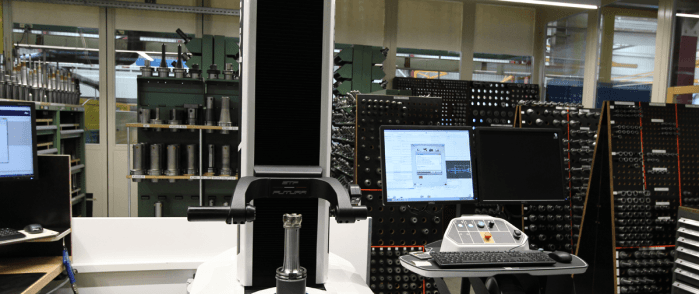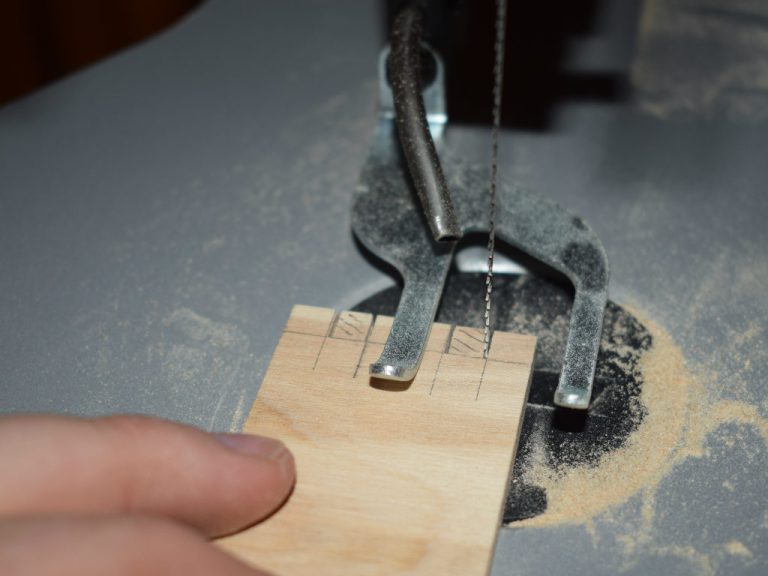Comprehensive Table Saw Guide: What You Need to Know
A table saw is an indispensable tool for both seasoned woodworkers and DIY enthusiasts. Renowned for its accuracy and versatility, this tool allows you to perform precise cuts on wood and various other materials. Whether you’re creating custom furniture or working on a renovation project, mastering the use of a table saw can elevate the quality of your craftsmanship. In this guide, we’ll address key questions about table saws and touch on the relevance of geotextile fabric costs for workshop flooring and project bases.

What Are the Main Uses of a Table Saw?
Table saws excel at making straight cuts, such as rip cuts, crosscuts, miter cuts, and bevel cuts. They’re perfect for cutting large panels of plywood, MDF, and similar materials with great accuracy. The flexibility of a table saw makes it a must-have for diverse woodworking tasks, including cabinet construction, wood trimming, and frame building.
How to Select the Right Table Saw?
Selecting the right table saw depends on your specific requirements and budget. There are three main categories:
- Benchtop Table Saws are lightweight and portable, ideal for light work.
- Contractor Table Saws are more powerful, suited for medium to heavy-duty tasks.
- Cabinet Table Saws are designed for professional use, offering maximum power for heavy-duty projects.
When selecting a table saw, consider the motor’s power, blade size, fence accuracy, safety features, and overall durability. Also, think about the materials you’ll be cutting and the precision needed for your projects.
What Safety Precautions Are Essential When Using a Table Saw?
Safety is crucial when operating a table saw. Always wear safety gear, including eye and ear protection. Ensure the saw’s safety mechanisms, like the blade guard and riving knife, are in place and functional. Use push sticks or blocks to keep your hands at a safe distance from the blade, and avoid loose clothing or accessories that could get caught. Maintain a clean workspace to minimize the risk of accidents.
Can Table Saws Cut Materials Other Than Wood?
Indeed, table saws can cut materials beyond wood, including plastics, metals, and sometimes geotextiles. It’s vital to use the correct blade for each material—metal or plastic requires a specialized blade. When cutting geotextiles or fabrics, a sharp blade and appropriate support ensure clean cuts. Understanding the cost of geotextile fabric can help budget for projects incorporating these materials.
A table saw is a versatile and essential tool in woodworking and other projects. By learning its uses, selecting the right model, following safety guidelines, and exploring its multi-material cutting capabilities, you can significantly improve your work’s efficiency and safety. Additionally, considering the cost and cutting techniques for geotextile fabric can enhance your project outcomes.
